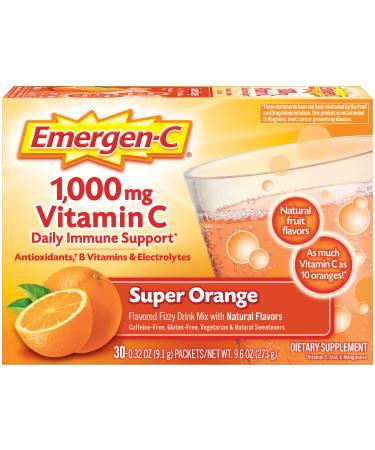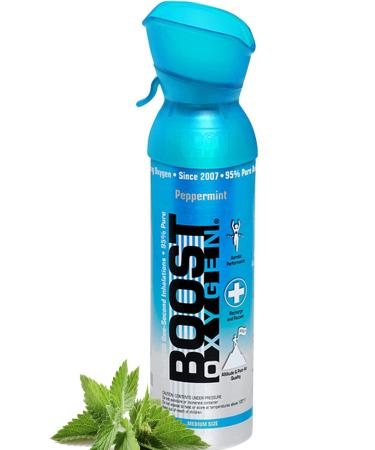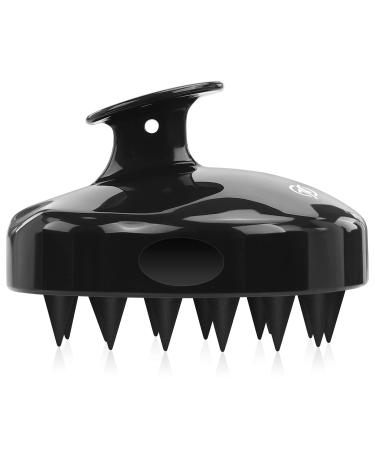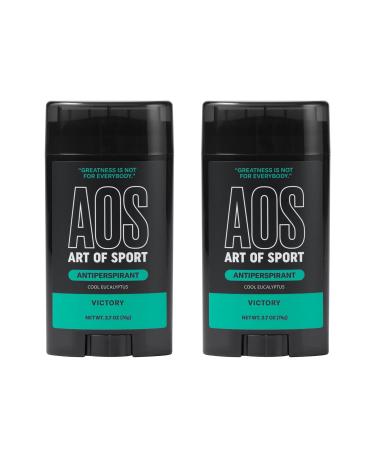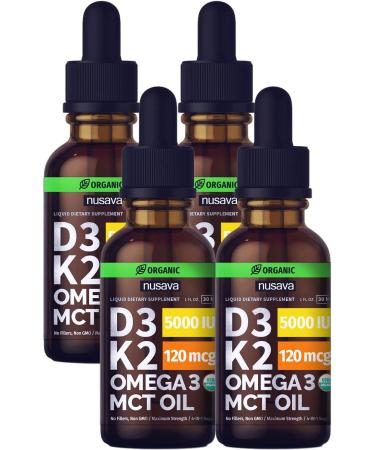Areas of application therapy at:-bacterial otitids with grampositive germs (staphylococcus and streptococcus) and gram-negative pathogens (Escherichia, pseudomonas and proteus)-yeast-pilot-related otitis-chronic and recurrent otitis cases The pH of the ear is optimally set-for the following use of topical antibiotics that would be inactivated at lower pH values ??(e.g. fluorchinolone, aminoglycosides).Chlorhexidine and Tris-Edta-Antibacterial effect application the solution into the ear canal and in the ear cup.To do this, keep your ear lobes tightened with your free hand.Massage the ear approach from the root at the end of the auricle for at least a minute to loosen the tatter and rinse them up.Carefully clean the outer part of the ear canal with a cotton ball or with gauze from the mixture of cleaning agents and ear wax and dry (please do not use cotton swabs).Repeat until the cotton/gauze keeps clean.Just as carefully clean the wrinkles and ear cups.If necessary, repeat 1–2 times a day over a period of at least 10 days.Due to the many years of experience in the German market, we can confirm that there was no clinical signs of ototoxicity when using Otodine - even with an unknown drumstick. Ingredients / ingredients Ingredients propylene glycol chlorhexidindiglukonat 0.15 % to pH value 8 set tris-edta water Instructions Fill the solution into the ear canal and the ear cup.To do this, keep your ear lovers with your free hand.Massage the ear approach from the root at the end of the auricle for at least a minute to loosen the tatter and rinse them up.Carefully clean the outer part of the ear canal with a cotton ball or with gauze from the mixture of cleaning agents and ear wax and dry (please do not use cotton swabs).Repeat until the cotton/gauze keeps clean. Warnings Harmful to aquatic organisms, with long-term effect.Must not get into the hands of children.When contacting the eyes: rinsing with water for a few minutes.Avoid release to the environment. More the solution into the ear canal and in the auricle.To do this, keep your ear lovers with your free hand.Massage the ear approach from the root at the end of the auricle for at least a minute to loosen the tatter and rinse them up.Carefully clean the outer part of the ear canal with a cotton ball or with gauze from the mixture of cleaning agents and ear wax and dry (please do not use cotton swabs).Repeat until the cotton/gauze keeps clean.Ingredients propylene glycol chlorhexidindiglukonate 0.15 % to pH 8 set tris-edta water.The pH value of the ear is set to 8-optimal for the subsequent use of topical antibiotics that would be inactivated at lower pH values ??(e.g. fluorchinolone, aminoglycosides).It can be passed on therapy in bacterial otitids with gram-positive germs (staphylococcus and streptococcus) and gram-negative pathogens (Escherichia, Pseudomonas and Proteus), yeast-related otitis and chronic and recurrent otitis cases.Otodine is external for cleaning with bacterial otitis in dogs and cats. Anwendungsgebiete Therapiebegleitend bei: – bakteriellen Otitiden mit grampositiven Keimen (Staphylococcus und Streptococcus) und gramnegativen Erregern (Escherichia, Pseudomonas und Proteus) – Hefepilz-bedingter Otitis – chronischen und rezidivierenden Otitis-Fällen Eigenschaften Der pH-Wert des Ohres wird auf 8 eingestellt – optimal für die nachfolgende Anwendung von topischen Antibiotika, die bei niedrigeren pH-Werten inaktiviert werden würden (z. B. Fluorchinolone, Aminoglykoside). Chlorhexidin und Tris-EDTA – antibakterieller Effekt Anwendung Die Lösung in den Gehörgang und in die Ohrmuschel füllen. Dazu den Ohrlappen mit der freien Hand gestrafft halten. Den Ohransatz mindestens eine Minute lang von der Wurzel zum Ende der Ohrmuschel hin massieren, um das Zerumen zu lösen und hochzuspülen. Den äußeren Teil des Gehörgangs vorsichtig mit einem Wattebausch oder mit Gaze von der Mischung aus Reinigungsmittel und Ohrenschmalz säubern und trocknen (bitte keine Wattestäbchen verwenden). So lange wiederholen, bis die Watte/Gaze sauber bleibt. Ebenso sorgfältig auch die Falten und die Ohrmuscheln säubern. Falls notwendig, 1–2x täglich über einen Zeitraum von mindestens 10 Tagen wiederholen. Aufgrund der langjährigen Erfahrungen im deutschen Markt können wir Ihnen bestätigen, dass es bei dem Einsatz von Otodine – auch bei unbekanntem Trommelfellstatus – zu keinerlei klinischen Anzeichen einer Ototoxizität gekommen ist. INHALTSSTOFFE / ZUTATEN Inhaltsstoffe Propylenglykol Chlorhexidindiglukonat 0,15 % auf pH-Wert 8 eingestelltes Tris-EDTA Wasser GEBRAUCHSANWEISUNG Die Lösung in den Gehörgang und in die Ohrmuschel füllen. Dazu den Ohrlappen mit der freien Hand halten. Den Ohransatz mindestens eine Minute lang von der Wurzel zum Ende der Ohrmuschel hin massieren, um das Zerumen zu lösen und hochzuspülen. Den äußeren Teil des Gehörgangs vorsichtig mit einem Wattebausch oder mit Gaze von der Mischung aus Reinigungsmittel und Ohrenschmalz säubern und trocknen (bitte keine Wattestäbchen verwenden). So lange wiederholen, bis die Watte/Gaze sauber bleibt. WARNHINWEISE Schädlich für Wasserorganismen, mit langfristiger Wirkung. Darf nicht in die Hände von Kindern gelangen. BEI KONTAKT MIT DEN AUGEN: einige Minuten lang behutsam mit Wasser ausspülen. Freisetzung in die Umwelt vermeiden. MehrDie Lösung in den Gehörgang und in die Ohrmuschel füllen. Dazu den Ohrlappen mit der freien Hand halten. Den Ohransatz mindestens eine Minute lang von der Wurzel zum Ende der Ohrmuschel hin massieren, um das Zerumen zu lösen und hochzuspülen. Den äußeren Teil des Gehörgangs vorsichtig mit einem Wattebausch oder mit Gaze von der Mischung aus Reinigungsmittel und Ohrenschmalz säubern und trocknen (bitte keine Wattestäbchen verwenden). So lange wiederholen, bis die Watte/Gaze sauber bleibt. Inhaltsstoffe Propylenglykol Chlorhexidindiglukonat 0,15 % auf pH-Wert 8 eingestelltes Tris-EDTA Wasser. Der pH-Wert des Ohres wird auf 8 eingestellt – optimal für die nachfolgende Anwendung von topischen Antibiotika, die bei niedrigeren pH-Werten inaktiviert werden würden (z. B. Fluorchinolone, Aminoglykoside). Es kann therapiebegleitend bei bakteriellen Otitiden mit grampositiven Keimen (Staphylococcus und Streptococcus) und gramnegativen Erregern (Escherichia, Pseudomonas und Proteus), Hefepilz-bedingter Otitis und chronischen und rezidivierenden Otitis-Fällen angwendet werden. Otodine ist zur Reinigung bei bakteriell bedingter Otitis externa bei Hunden und Katzen.ICF Otodine Ohrreiniger für Hunde und Katzen - Doppelpack - 2 x 100 ml







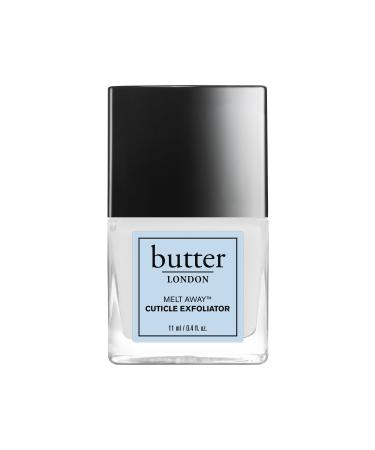
![Stewart Freeze Dried Dog Treats Made in USA [Single Ingredient Puppy and Dog Training Treats - Grain Free Natural Dog Treats] Resealable Tub to Preserve Freshness](https://www.gosupps.com/media/catalog/product/cache/25/small_image/375x450/9df78eab33525d08d6e5fb8d27136e95/6/1/61gwbbixarl._ac_sl1500_.jpg)
